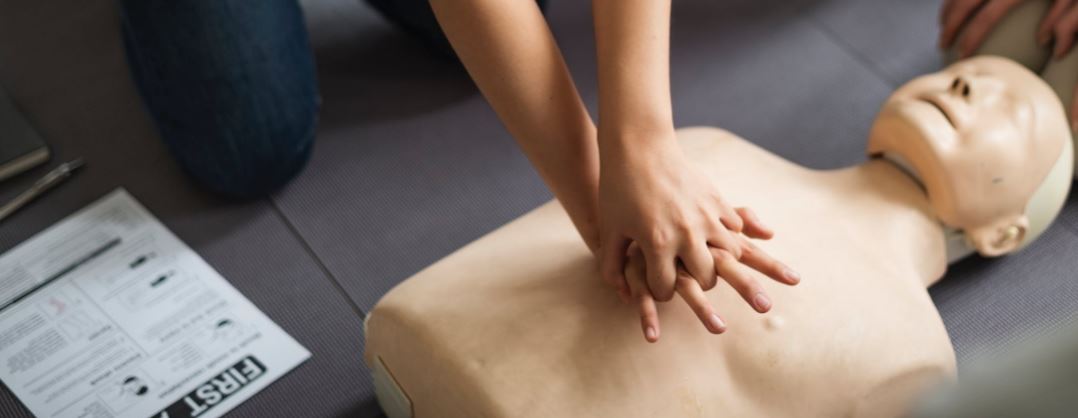Health & Safety Qualifications are Essential for Minding the Disabled at Home

Whether you are a family member, neighbour, or a professional-looking after a disabled person in their home it can come with responsibilities and challenges. No matter how dependent or independent the person you are minding may seem, as a career, you are still required to be skilled and qualified in both health and safety to meet their long term needs and requirements. As a career, the act of putting someone else’s needs before yours to ensure well-being and health. Making someone else’s life more comfortable and better can be very rewarding. Health and safety qualifications are a legal requirement for all employers or for someone just looking after a disabled person in their home. It is essential to have the correct training in order for you to look after, care and support those people.
A course in caring for the disabled will teach you the knowledge and skills that are necessary to provide effective care for a disabled client in their home and in your care. People are living longer and as we age our bodies will tend to operate a lot less efficiently. Understanding how age can affect the body is essential. If a client who is disabled has a fall in the home, you need to be prepared and know how to take care of the person and deal with this specific situation.
Common issues for a disabled person
A disabled person may have a mental or physical impairment which has a long term and substantial effect on their daily lifestyle. It can have an effect on their ability to carry out the day to day activities and tasks. Many of these impairments can include:
-
-
- Multiple sclerosis
- loss of limbs
- Learning difficulties
- Heart disease
- Mental health problems such as anxiety or depression
- Cerebral palsy
-
Common risks in the home for disability
-
-
- Using the equipment like lifting hoists and wheelchairs
- Supporting, transferring, and lifting the clients
- Falls, trips, slips
-
Injuries can happen in the home when moving or lifting a person with a disability, even bending and reaching can make it uncomfortable for both parties. It is essential as a career to have the appropriate and important health and safety qualifications to be able to look after a disabled person the correct way. Manual handling is hugely important for particular lifting and moving techniques.

Types of health and safety Training
Taking care of a disabled person can be a monumental task, especially if you are looking after a close friend or a family member. If you are pursuing a role as a career it is important to have all the necessary qualifications and training to look after someone in their home. There are many different health and safety training courses available that will equip you in how to take care of a disabled person and all their daily needs and requirements. So, let’s take a look at some of the common courses that would be essential for taking care of the disabled in the home.
-
-
Basic Food Safety
-
This course will give the learner a real insight and knowledge on all things food safety which will allow them to work with food in a safe and hygienic manner while taking care of a client. Once the basic food safety course is complete all participants will be able to define food hygiene, identify a pest infestation and what way to deal with it, and understand the importance of cleaning and cleaning schedules.
-
-
Basic First Aid
-
A basic first aid course will equip all learners with the knowledge, practical skills, and understanding that is required to provide the appropriate first aid treatment in the workplace in compliance with the requirement of the health, welfare, and safety at work act. Being a career is a huge responsibility and keeping someone safe is the main priority in this job. So, if an accident does happen in the home the individual is fully equipped and prepared with all the basic first aid training.

-
-
Patient Handling
-
A course in patient handling will provide all participants with helpful information and instruction on safe patient handling techniques. Once the techniques are followed the right way and correctly this will prevent any injury to someone’s back. Patient handling course entails rolling the patient in bed, moving the patient on the side of the bed from sitting to standing, use of the hoist, moving the patient around the bed using slide sheets, moving the patient from a bed to a trolley, and moving the patient from the bed to a chair.
-
-
Cardiac First Response
-
This course will give the learner a real insight into how to use the automated external defibrillator and cardiopulmonary resuscitation. A cardiac first responder is extremely important in saving someone else’s’ life in the event that they were at risk.
